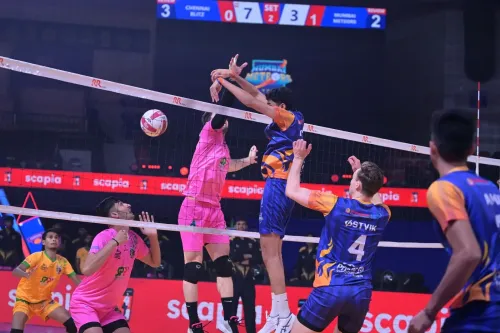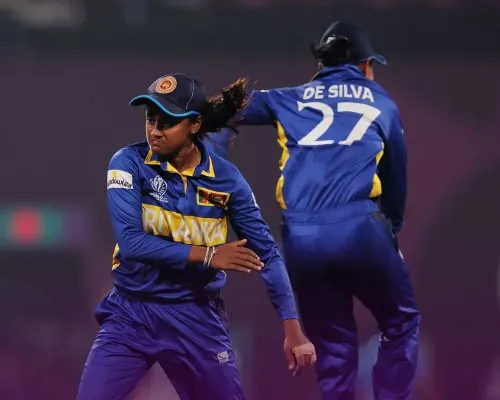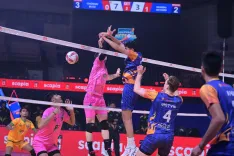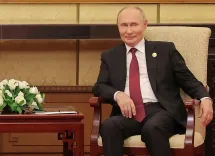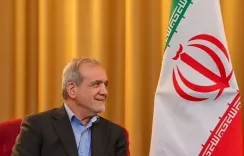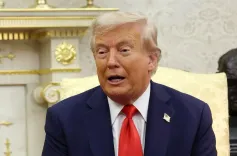Is Harmanpreet Kaur Facing a ‘Healthy Headache’ with Team Selection Ahead of the England ODI Series?
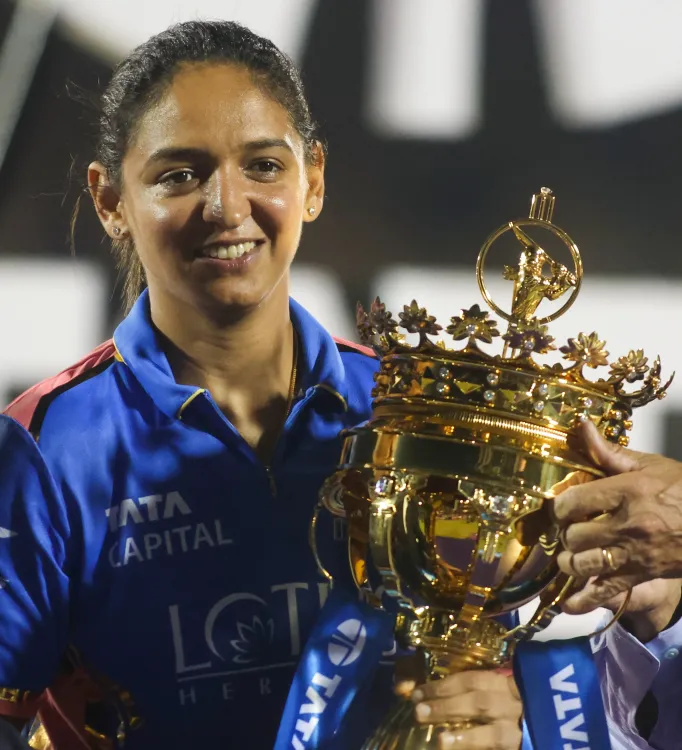
Synopsis
Key Takeaways
- Harmanpreet Kaur embraces a challenging selection dilemma.
- The team is benefiting from increased depth and performance.
- Communication and clarity are prioritized for team cohesion.
- India's ODI approach has shifted to a more aggressive style.
- New players like Amanjot Kaur are stepping up in crucial roles.
Southampton, July 14 (NationPress) As India prepares for the ODI series against England, captain Harmanpreet Kaur finds herself facing an unusual yet exciting challenge—one characterized by abundance. For years, the Indian women's cricket team struggled with a lack of depth and clear roles. However, with numerous players stepping up, Harmanpreet describes this situation as a “healthy headache” as she gears up to select a team filled with talent and options.
“For the first time in a while, we're dealing with the healthy headache of having to choose the optimal team,” Harmanpreet stated during her pre-match press conference in Southampton. “In the past, we didn’t have many options. Kudos to Shafali Verma and Pratika Rawal for their outstanding performances. Harleen Deol has also shown her capability every time she has been given a chance.”
While Smriti Mandhana is a definite starter at the top, the competition for the second opener's position is intensifying. Pratika Rawal, boasting an impressive average of 63 from 11 innings, is currently leading the pack.
Yet, Shafali Verma’s recent achievements in the Women's Premier League (WPL), domestic matches, and T20Is keep her in the mix. Should Shafali make a comeback, it could lead to a contest between Pratika and Harleen Deol for the No. 3 batting position.
The leadership team, including head coach Amol Muzumdar, has underscored the importance of clarity and communication for team unity. “As a captain, I prioritize clarity for all players, ensuring that when we step onto the field, we are aware of our roles and the style of cricket we will play,” Harmanpreet remarked. “Everyone understands their responsibilities better now than before, and credit goes to the team and staff for providing that clarity.”
India's strength now extends to spin as well. During the T20I series against England, N. Shree Charani, a 20-year-old left-arm spinner, was recognized as Player of the Series with 10 wickets. “She is a crucial player for us. Her performance in the WPL was impressive. We all discussed how she could be a great option for our squad,” Harmanpreet commented. “Alongside her, Radha Yadav has made a commendable return. We hope their partnership will continue to benefit the team.”
Radha, who rejoined the squad as a late injury substitute, showcased her skills in both fielding and left-arm spin. “Radha is an essential teammate. When she faced challenges, it was a headache for management to figure out how to bring out the best in her. She dedicated herself during the break and improved significantly. I believe she will be valuable in ODIs as well,” Harmanpreet added.
Another notable addition is Amanjot Kaur, who has stepped into the all-rounder role following the injuries to Pooja Vastrakar and leading pace bowler Renuka Singh. “In her first year of WPL (2023), she faced misfortunes. However, this season, with Pooja out, she has adapted well to her role. She aims to contribute in all three aspects of the game,” said Harmanpreet.
India's approach to ODIs has shifted in recent months, embracing a more aggressive strategy. “In ODI cricket, our focus has consistently been on scoring above 300 runs. This provides a safety net for our bowlers. Recently, like in T20Is, we opted for four spin options, which has proven beneficial,” Harmanpreet explained.
With Pratika also providing a sixth bowling option and fielding standards reaching new heights, Harmanpreet is optimistic about maintaining the momentum into the ODIs. “Our fielding was exceptional in the T20I series, and we aim to carry that energy forward.”

